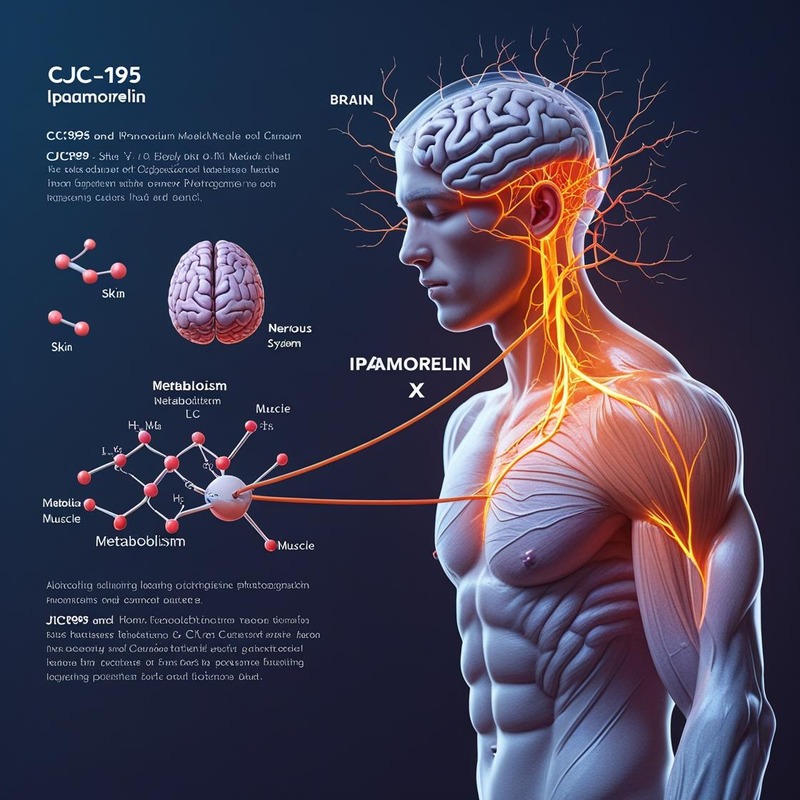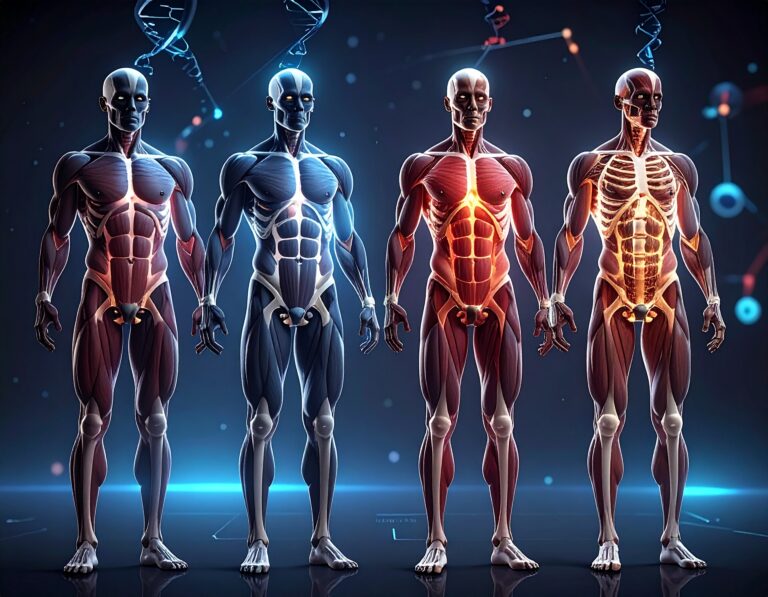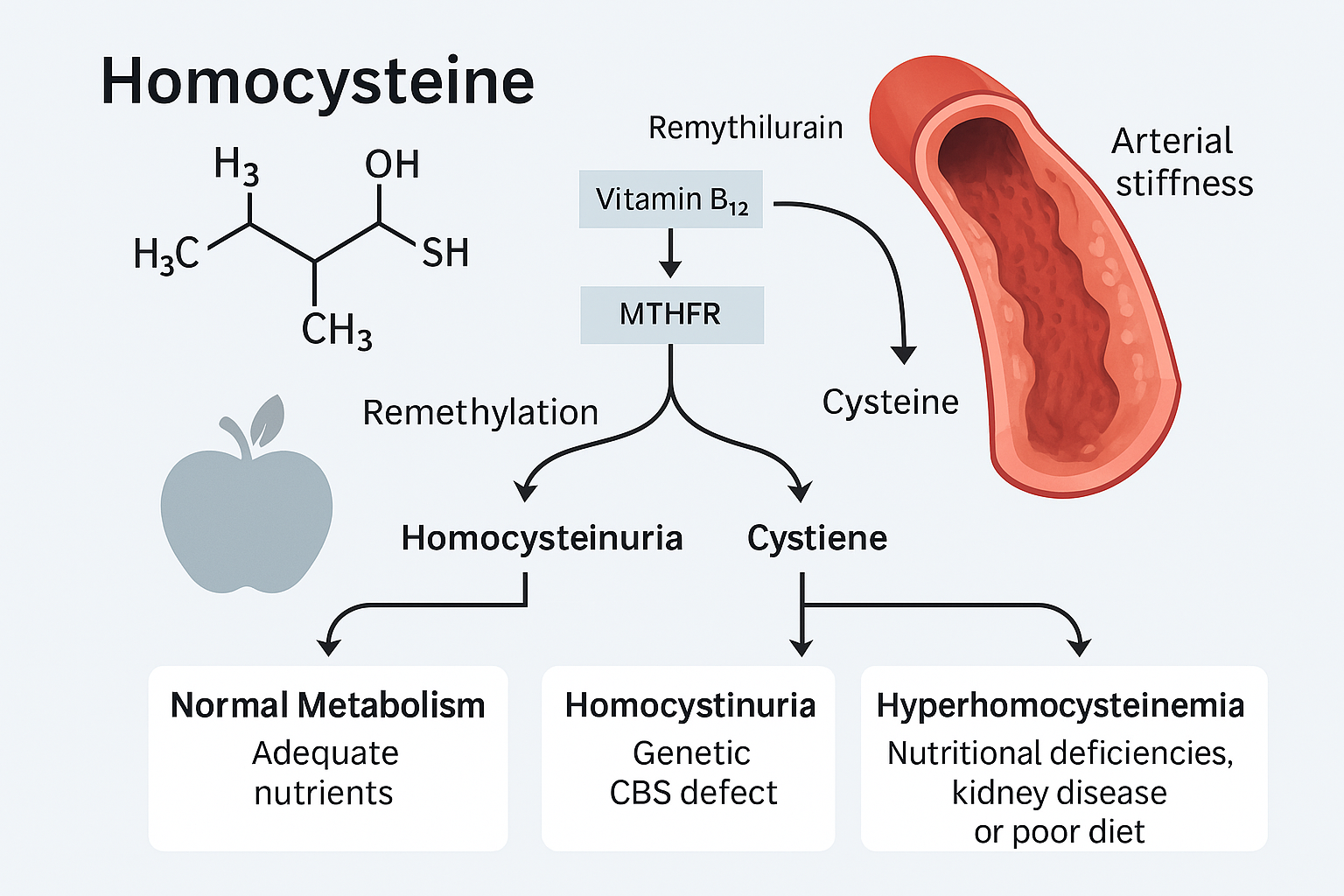CJC-1295 and Ipamorelin: A Comprehensive Guide for Medical and Sports Applications
Overview
CJC-1295 and Ipamorelin are two synergistic peptides commonly combined to stimulate the production of human growth hormone (HGH). These peptides operate by activating distinct receptors within the pituitary gland, promoting a significant increase in natural HGH levels. This combination has garnered attention for its effectiveness in both therapeutic and athletic settings, offering enhanced muscle growth, fat loss, improved recovery, and anti-aging benefits.
What is CJC-1295?
CJC-1295 is a synthetically engineered growth hormone-releasing hormone (GHRH) analog. Initially developed for medical use in treating growth hormone deficiencies and related disorders, it has since been explored for its performance-enhancing benefits. CJC-1295 works by stimulating the anterior pituitary to release growth hormone, which in turn elevates insulin-like growth factor 1 (IGF-1) levels. IGF-1 is critical for cellular growth and repair, particularly in muscle tissues, making this peptide valuable for athletes and individuals aiming to increase lean body mass.
What is Ipamorelin?
Ipamorelin is a selective growth hormone secretagogue that mimics the action of ghrelin by binding to the ghrelin receptor in the brain. Unlike many other GHRPs, it has minimal effect on cortisol and prolactin levels, which makes it a safer alternative for long-term use. Ipamorelin stimulates the natural release of HGH, while also being associated with additional benefits such as improved cognitive function, enhanced thermoregulation, pain modulation, and support for muscle development and recovery.
How Do CJC-1295 and Ipamorelin Work Together?
Used in combination, CJC-1295 and Ipamorelin create a potent synergistic effect by targeting different receptors responsible for HGH production. CJC-1295 has a longer half-life (6–8 days), allowing for sustained HGH release, while Ipamorelin acts quickly with a shorter half-life (approximately 2 hours), triggering immediate hormone release. The combined protocol offers a rapid onset with prolonged benefits.
Clinical research involving healthy individuals aged 21 to 61 showed that CJC-1295 alone could increase serum growth hormone levels by 200–1000%. This elevated hormone release persisted for up to 6 days, offering continuous physiological enhancement.
Benefits of CJC-1295 / Ipamorelin
Below is a visual overview of some key timeline-based benefits:
- 🦴 Increased Bone Density: Reduces brittleness and lowers injury risk with age.
- 💪 Increase in Muscle Mass: Enhances hypertrophy and lean body composition.
- ❤️ Strengthens the Cardiovascular System: Improved metabolism leads to better heart health.
- 🔥 Fat Loss: Higher resting metabolic rate increases daily calorie expenditure.
- ⚡ Increased Sex Drive: Supports hormonal balance and sexual function.
- 🛠️ Faster Recovery and Repair: Speeds up healing of muscle soreness and soft tissue injuries.
- 🛡️ Enhanced Immune Function: Supports resistance to illness and infection.
- 🧠 Improved Cognition and Memory: Boosts focus, clarity, and mental sharpness.
- 🩸 Improved Insulin Sensitivity: Helps reduce triglycerides and promotes fat metabolism.
Who Should Consider CJC-1295 / Ipamorelin?
Individuals over the age of 30 seeking improved energy, metabolism, body composition, and recovery may benefit from CJC-1295/Ipamorelin therapy. Unlike direct HGH administration, these peptides stimulate the body’s natural hormone release mechanisms, reducing the risk of adverse effects. Despite its safety profile, CJC-1295 requires a prescription and is administered via subcutaneous injection, often in the abdominal region.
Potential Side Effects
Most users tolerate the combination well, but mild side effects may occur, particularly at the injection site. These include pain, redness, or irritation. Other possible symptoms include:
- • Flu-like symptoms
- • Headache
- • Dizziness
- • Nausea
- • Drowsiness
- • Flushing
- • Hives or skin irritation
- • Hyperactivity
- • Difficulty swallowing
Frequently Asked Questions (FAQs)
Why Combine CJC-1295 & Ipamorelin?
Combining these peptides offers both rapid and prolonged HGH stimulation. Ipamorelin acts within minutes and clears quickly, while CJC-1295 maintains elevated levels for several days. This dual mechanism improves efficacy without affecting cortisol or other hormones.
How Often Should It Be Taken?
Protocols vary, but typical usage involves daily subcutaneous injections or five days per week (e.g., weekdays on, weekends off). Effects generally persist for several days post-injection due to the long half-life of CJC-1295.
Is It Effective?
Yes. Studies and clinical practice demonstrate its effectiveness for increasing muscle mass, reducing body fat, and improving energy and recovery.
How Long Can It Be Used?
Long-term usage is generally safe under medical supervision. Weekly administration has shown sustained GH and IGF-1 elevation for 6 to 11 days post-injection.
Best Time to Administer?
To mimic the body’s natural growth hormone cycle, nighttime injections are recommended. Subcutaneous administration ensures efficient absorption.
WADA Classification and Sports Use
CJC-1295 is classified as a Prohibited Substance under Section S2 of the WADA (World Anti-Doping Agency) Prohibited List. Its potent effects on growth hormone release make it a performance-enhancing compound monitored in professional sports. Despite this, its availability through wellness clinics and interest in bodybuilding communities continues to grow.

Scientific Insight and Athletic Applications
From a scientific perspective, the effectiveness of CJC-1295 and Ipamorelin lies in their precision targeting of growth hormone pathways. Unlike synthetic HGH, which introduces exogenous hormones into the body, these peptides activate the body’s own endocrine system to secrete growth hormone in a pulsatile, physiologically natural manner. This reduces the risk of side effects commonly associated with external hormone use, such as acromegaly or downregulation of endogenous HGH production.
In athletes and fitness professionals, the application of these peptides offers distinct advantages. They not only promote muscle hypertrophy and improve recovery, but also contribute to improved sleep architecture—particularly deep wave sleep (slow-wave sleep), during which the majority of natural growth hormone release occurs. Enhanced sleep cycles lead to better overall performance, concentration, and cellular repair.
Furthermore, studies have shown that improved insulin sensitivity as a result of peptide use supports lean mass preservation while dieting, making CJC-1295/Ipamorelin an ideal adjunct for cutting phases or weight management in athletes. They also assist in reducing visceral fat, which is particularly beneficial for metabolic health.
Overall, CJC-1295 and Ipamorelin represent a modern, more biologically sound method of achieving anabolic outcomes without the pharmacological risks associated with direct hormone therapy. When used responsibly under clinical supervision, they serve as a valuable tool for aging populations, physique athletes, and performance-driven individuals alike.
Expert Commentary
As a professional in the health and fitness field, I would like to share my personal insights regarding the use of CJC-1295 and Ipamorelin based on practical observation and scientific understanding:
1. CJC-1295 stands out as one of the most effective anti-aging peptides currently available. Its ability to enhance endogenous growth hormone release with minimal side effects makes it a compelling option for longevity and wellness applications.
2. While some individuals may be tempted to use extremely high doses of these peptides to accelerate bodybuilding outcomes, I strongly advise against this approach. It is generally more beneficial—and safer—to maintain a moderate dosing regimen tailored for anti-aging, fat metabolism, and sustainable muscle support.
3. During the initial weeks of using CJC-1295, users may experience sensations of warmth or a flushed feeling in the head and upper body. This is a common response, likely associated with a temporary surge in GABA (gamma-aminobutyric acid) activity, and usually subsides over time.
4. It is important to note that there are two forms of CJC-1295: one that includes Drug Affinity Complex (DAC) and another that does not. The DAC version significantly extends the peptide’s half-life, allowing for more prolonged action and fewer injections. This can enhance patient compliance and ensure more stable plasma levels of growth hormone. On the other hand, the non-DAC version is better suited for controlled, pulse-based protocols and may be preferred in certain therapeutic strategies aimed at more frequent but shorter growth hormone pulses.
5. Ipamorelin has a favorable safety and tolerability profile, making it suitable for longer-term use compared to many other peptides. Its selectivity in stimulating growth hormone without affecting cortisol or prolactin levels contributes to this safety profile. Nonetheless, long-term use should still be guided by a qualified healthcare provider to monitor efficacy and any potential adaptations.
References
- 1. Teichman SL, Neale A, Lawrence B, Gagnon C, Castaigne JP. Prolonged stimulation of growth hormone (GH) and insulin-like growth factor I secretion by CJC-1295, a long-acting analog of GH-releasing hormone, in healthy adults. J Clin Endocrinol Metab. 2006 Jul;91(7):799–805.
- 2. Mericq V, Cutler GB Jr. Growth hormone treatment in children and adolescents. Pediatr Endocrinol Rev. 2006 Mar;3(3):279-87.
- 3. Walker RF. Hormonal and metabolic effects of growth hormone secretagogues. Endocrine. 2006 Aug;30(1):1-9.
- 4. Ipamorelin: A new GHRP with selectivity for the GH axis. Raun K, Hansen BS, Johansen NL et al. Eur J Endocrinol. 1998 Jul;139(1):552–61.
- 5. WADA Prohibited List. World Anti-Doping Agency. https://www.wada-ama.org/en/prohibited-list
- 6. Bowers CY. Synergy between GHRP and GHRH: the new frontier in GHS therapy. Trends Endocrinol Metab. 1996;7(4):137-145.
- 7. Ghigo E, Arvat E, Gianotti L, et al. Endocrine and non-endocrine actions of GH secretagogues in humans. Horm Res. 1998;49(2):57–63.



